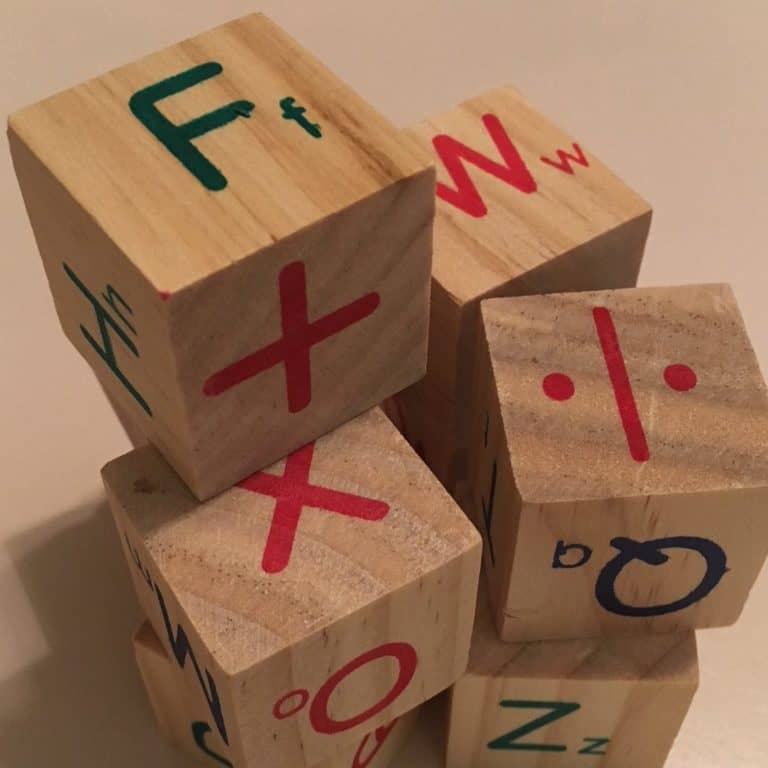Three clear signs your toddler is ready to drop a nap
If you’re reading this you’re either (yay!) making the transition to consolidate to one nap OR you’re dreading the day your toddler stops napping entirely. If you’re looking for toddler nap tips and a toddler nap schedule, you’re in the right place. There are definitely signs your toddler is ready to drop a nap or stop napping, so if you know what you’re looking for you can help ease the transition.
That said – there is a difference in how you handle consolidating to one nap versus stopping naps altogether. Right now I’m going to focus on consolidating to one nap. If you’re here because your toddler is ready to stop napping altogether, go ahead and jump there by clicking below!
Is my toddler ready to stop napping?
This post probably contains affiliate links. That means if you buy something using one of my links I may receive a small commission – at no additional cost to you! How cool is that? It’s kind of boring, but feel free to read my full disclosure if you want more info
Signs your toddler is ready to drop a nap and consolidate to one nap a day
They’re between 12 -18 months old.
This isn’t a sign, it’s just a fact. Many babies aren’t ready to drop a nap before they’re 18 months old. Unless your daycare provider forces the issue, let them drop the nap naturally. If your toddler is this age and is refusing naps it’s not because she doesn’t need to sleep. There are many reasons why toddlers start refusing naps. Some options are that they’re testing wills, they’re overtired, they’re overstimulated, etc. Most of those reasons aren’t because they don’t need sleep.
Nap changes could also be due to your toddler entering a sleep regression, which I’m not going to get into here. However, don’t be fooled into thinking that fighting naps means your toddler doesn’t need sleep. If you want to know more about sleep regressions and when to expect them, check out this related post.
Related: Infant Sleep Regressions: When they hit and how to deal
Nap quality changes
If your toddler was previously getting two solid 1.5 hour naps and then one of them starts to shorten significantly, you might be gearing up for nap consolidation. If she starts to have trouble falling or staying asleep during one or both naps, it may be beneficial to try and drop one for better overall sleep.
Nap timing shifts
Additionally, if your toddler still sleeps hard during the morning nap, but is restless during the P.M. snooze, or the nap gets pushed closer and closer to bedtime, it may be time to consider going down to one nap.
They develop nap resistance
Once your toddler starts resisting the afternoon nap altogether, but is a disaster by bedtime it’s time to seriously consider consolidating to one nap. The biggest question you might have at this point is, how the heck do I do that?
For us there wasn’t an easy solution. Even after our daughter was on one nap consistently at daycare, it was a real challenge to keep her up until noon on the weekends. If we left the house after 11 a.m. she’d 100% fall asleep in the car.
The other thing that could be happening here is a toddler sleep regression. I’m not going to focus on that here, but if you want to learn more about sleep regressions and when they happen, click the link below.
Related: All about Infant and Toddler Sleep Regressions
The Mamma’s List top tips to drop down to one nap a day
If your toddler is ready to drop a nap, and you’re ready to make the shift, get set for a lifestyle change!
At first, you’ll need to be pretty careful about getting the schedule right. We structured our days around not wrecking that precious nap, and while annoying, for the most part it worked. Her personality was so different when she had a solid 1-2 hours of sleep, versus the 25 minute cat naps of her infancy.
- Don’t leave the house right around nap time. For us this was critical because if she slept in the car her nap was ruined
- Push the morning nap back in 15 minute increments until your toddler is napping at a reasonable time, between noon and 1 p.m.
- Gradually decrease the second nap. Shortening the morning nap or allowing a short “moving” nap (stroller or carseat) in the afternoon as you transition may make it easier on your child.
- Plan fun activities to keep your child engaged. If you’re having quiet time right around the time of a normal nap, you’re going to have a lot more trouble keeping your kiddos awake.
Eventually, by the time she was two years old, we were solidly in the one nap camp. We could even push the nap as late as 1 p.m. which was fantastic if we wanted to go out to lunch. The nap consolidation transition doesn’t last forever, so while it can be a challenge, know that it’s only a phase!
The great nap dropping debate
As our daughter has gotten closer to four, we’re able to push her naps as late as 2-2:30. This usually allows for 1.5 – 2 hours of solid sleep. If we force her to go down early, like 12:30ish, there’s a chance she’ll only sleep for 45 minutes to an hour.
This flexibility has been amazing with birthday parties, seeing friends and family, and just allowing for more diversity in our weekends. However, we are 100% not ready to give up on our naps, and she doesn’t seem like she doesn’t need them.
There are days at school and on the weekend that she doesn’t nap. However, we know she’s extra tired by bedtime because she gets crankier than normal.
Since so many of her friends have already lost the nap, we know it’s coming up shortly — likely right as we’re due with our second baby, so I’m prepping now on how to deal.
If you want more tips on baby sleep or just want to stay updated, drop your email below for access to our resource library and all the cool stuff inside!
Signs your toddler is ready to drop a nap for good
FOMO
Ok, this isn’t actually a sign your kiddo is ready to stop napping, so I wanted to call it out. Toddlers may in fact tell you they’re not tired, and once you get them in a bed they sleep for 2.5 hours. Just because your toddler says they’re not tired, doesn’t mean it’s true. They may just want to stay up with you. Don’t fall into this trap!
Check out what the Cleveland Clinic has to say on toddler and preschool sleep. The amount of sleep preschoolers still need might surprise you.
Now that we got that out of the way, here are some of the real signs.
Their naps shorten significantly.
If your previously two-hour loving napper starts sleeping 30-45 minutes, they may be getting ready to drop naps for good.
They have a harder time falling asleep or staying asleep.
Again, don’t be fooled. This could just be fear of missing out or even being overtired. If they’ve started sleeping for shorter intervals, AND are having trouble falling asleep, it’s possible they’re outgrowing nap time. Sigh.
When they do skip naps, they aren’t a total disaster in the evening.
One of the best ways to know if your toddler is truly ready to stop napping is that they don’t turn into little devils by bedtime. Once they’re getting enough nighttime sleep and don’t need the daytime rest on top, they’ll stop turning into Dr. Jekyll and Mr. Hyde between lunch and dinner.
From what I’ve seen, there aren’t a lot of “tips’ to help your toddler stop napping, as it happens naturally on its own. What I will say is that if your toddler is fighting nap time but still NEEDS to nap, you can try to institute a quiet time policy. If they’re truly tired and want to sleep, this can help. Knowing that they have to be in their bed or room for a certain amount of time – no matter what – helps alleviate FOMO. It also reinforces the nap routine.
Read more about how this alarm clock actually saved our weekends and got our daughter to stay in her room past 6. a.m.
If you’re going through either one of these transitions, hang tight. Although they’re rough, they are relatively short phases. Once you’ve consolidated to one nap you’ll have a lot more flexibility in your days. Once your toddler is totally ready to drop a nap and all naps are gone – you can create your own schedule!
If you found this post helpful, feel free to pin it for later. Sharing is caring!










